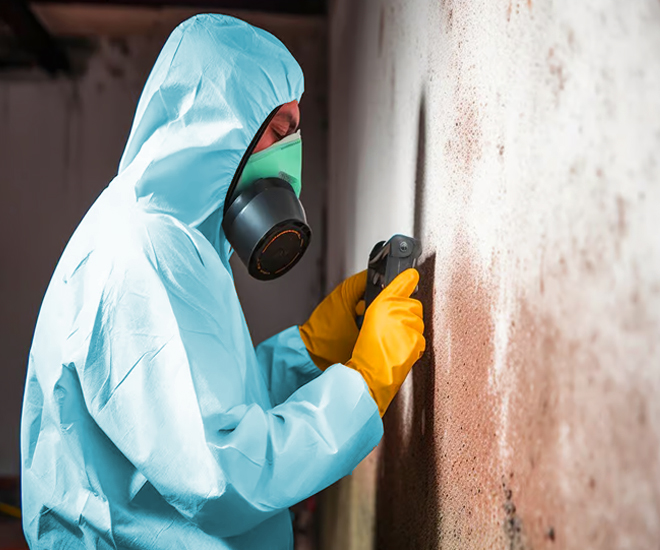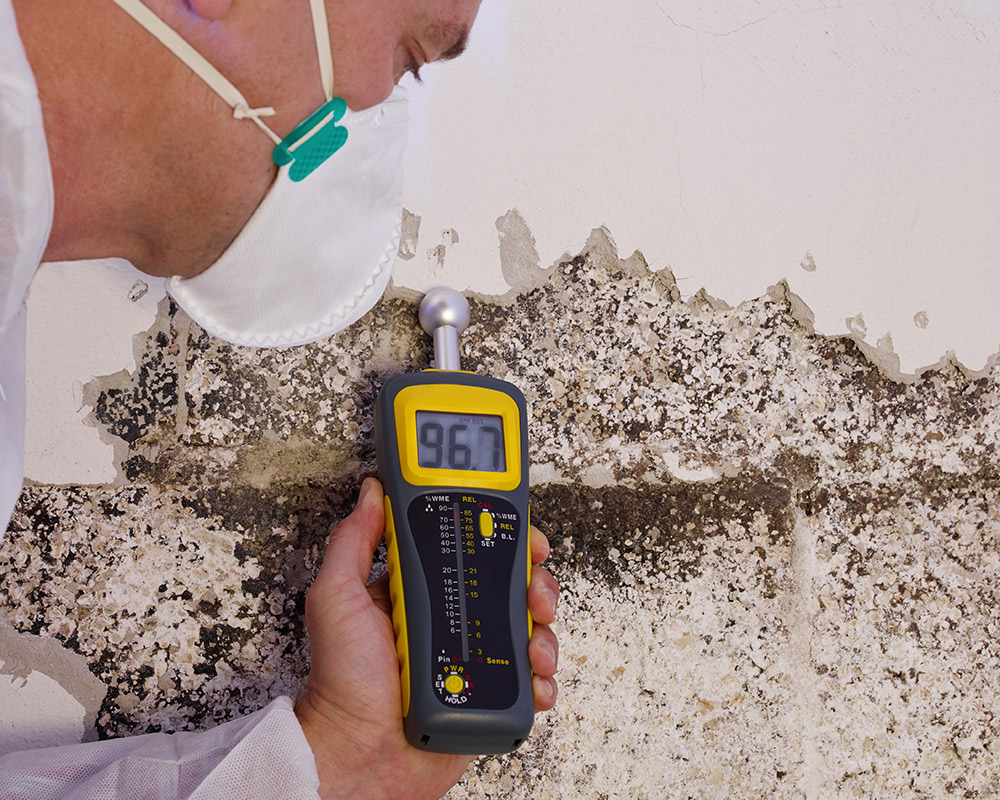Support on What to Do After Mold Remediation
Support on What to Do After Mold Remediation
Blog Article
Your Ultimate Guide to Article Mold And Mildew Remediation Techniques
In the aftermath of mold and mildew problem, understanding exactly how to efficiently eradicate the mold and mildew and avoid its reoccurrence is paramount for preserving a healthy and balanced interior environment. From picking the appropriate cleaning and disinfecting techniques to implementing methods for lasting mold avoidance, each step in the removal trip plays a vital duty in making certain a successful result.
Comprehending Post-Mold Removal Process
After completing the mold and mildew removal procedure, it is essential to understand the post-mold removal strategies that are required to make sure a reliable and detailed clean-up. As soon as the mold has been removed, the following action entails cleansing and sanitizing the affected areas to avoid any regrowth of mold and mildew. This includes utilizing specialized cleaning up representatives to clean down surfaces and eliminate any continuing to be mold and mildew spores. It is necessary to dry out the area entirely to inhibit the growth of mold in the future (Post Mold Remediation). Correct air flow and dehumidification can assist in this procedure.
Furthermore, conducting a last assessment post-remediation is important to guarantee that all mold has actually been successfully eradicated. If the evaluation exposes any lingering mold, additional remediation may be required.
Effective Cleaning and Sanitizing Techniques

Avoiding Future Mold And Mildew Development

Value of Appropriate Ventilation
Correct air flow plays a critical role in stopping dampness buildup, a vital aspect in mold and mildew development within indoor environments. Reliable air flow systems aid eliminate excess moisture from the air, reducing the chances of mold and mildew spores finding the moisture they need to spread out and sprout. Without adequate ventilation, you could try these out indoor areas can become a reproduction ground for mold, bring about potential wellness threats and structural damages.
By making sure proper air circulation, ventilation systems can likewise assist in drying damp areas faster after water damages or flooding incidents, better hindering mold development. Post remediation mold testing near me. Precede like bathrooms, cellars, cooking areas, and attic rooms where wetness levels often tend to be higher, mounting and preserving efficient air flow systems is critical in stopping mold infestations

Monitoring and Maintenance Tips
Provided the crucial function that correct air flow plays in preventing mold growth, it is necessary to develop efficient tracking and upkeep pointers to make sure the continued performance of ventilation systems. Regular assessments of air flow systems should be conducted to look for any kind of indications of blockages, leaks, or malfunctions that could impede proper air movement. Tracking moisture degrees within the residential or commercial property is likewise crucial, as high moisture can add to mold growth. Installing a hygrometer can assist track humidity degrees and alert home owners to any spikes that may need attention. In addition, making sure that air filters are on a regular basis cleansed or changed is important for maintaining the efficiency of the air flow system. Carrying out a schedule for regular upkeep jobs, such as duct cleaning and cooling and heating system inspections, can help protect against concerns prior to they rise. By staying mindful and aggressive to the condition of look at these guys ventilation systems, homeowner can effectively reduce the risk of mold and mildew regrowth and preserve a healthy interior environment.
Conclusion
In final thought, post-mold remediation strategies are vital for guaranteeing a clean and safe setting. Recognizing the procedure, applying effective cleansing and decontaminating approaches, avoiding future mold and mildew growth, keeping correct ventilation, and routine surveillance are all important action in the removal procedure. By complying with these standards, you can efficiently remove mold and mildew and avoid its return, advertising a healthy and balanced living or functioning area for all residents.
In the consequences of mold invasion, knowing how to efficiently remove the mold and mildew and prevent its reoccurrence is vital for keeping a healthy indoor setting. When the mold has actually been removed, the next action includes cleansing and sanitizing the affected areas to avoid any type of regrowth of mold - what to do after mold remediation. After eliminating visible mold and mildew growth, it is crucial to cleanse all surface areas in the damaged area to remove any remaining mold and mildew spores. To further improve mold and mildew avoidance procedures, it is crucial to deal with underlying concerns that originally led to mold and mildew growth.Offered the essential duty that proper ventilation plays in preventing mold growth, it is essential to develop efficient monitoring visit this page and upkeep ideas to ensure the ongoing functionality of air flow systems
Report this page